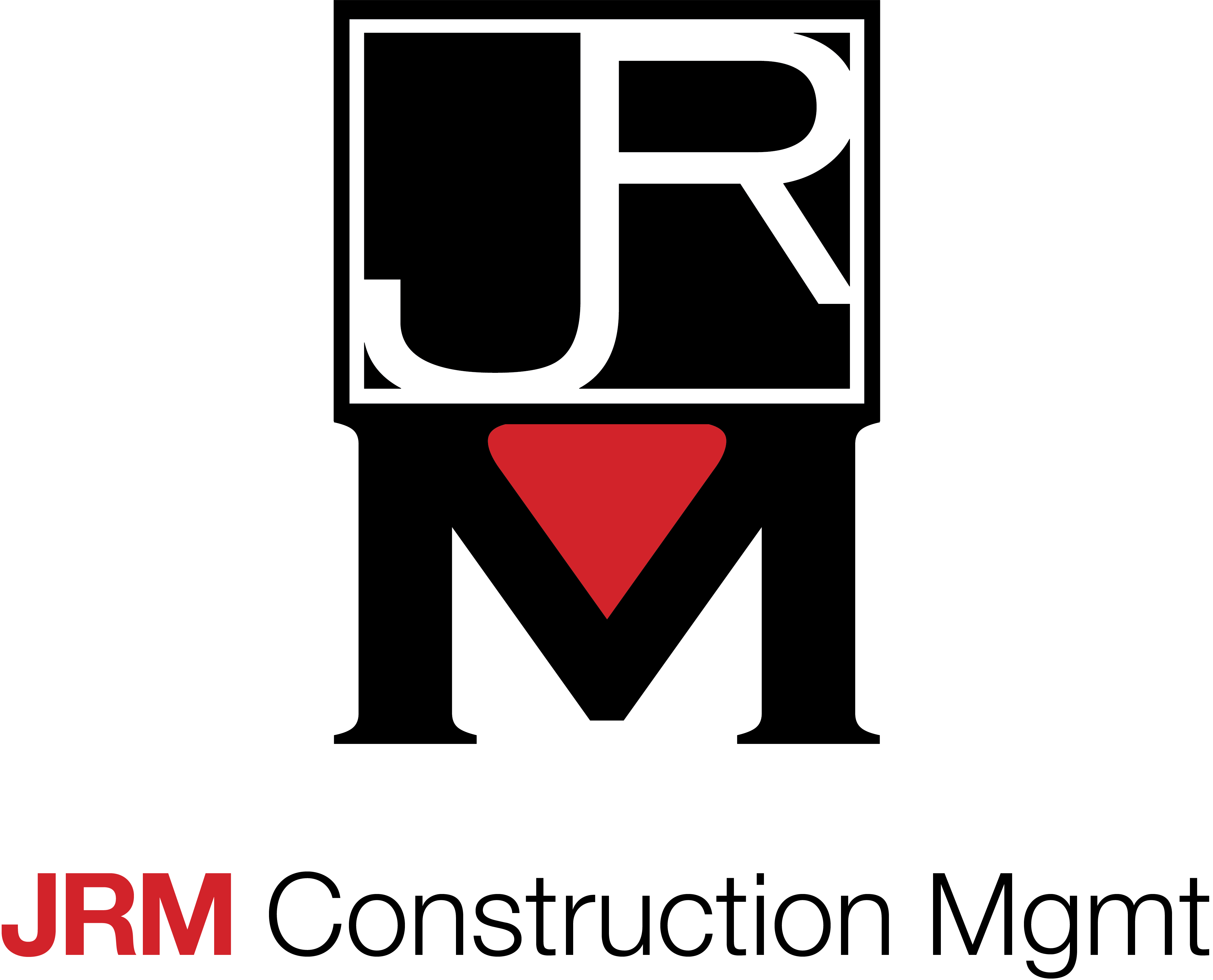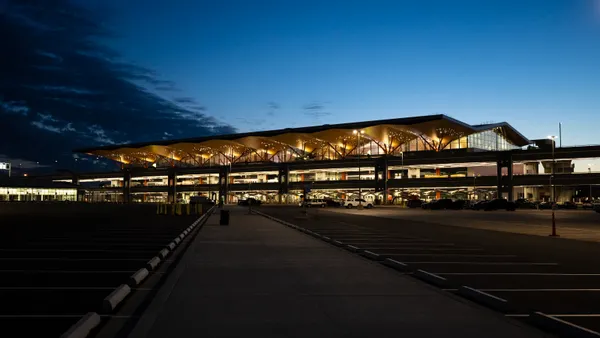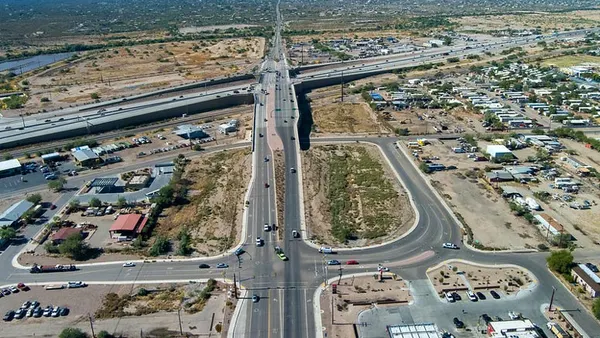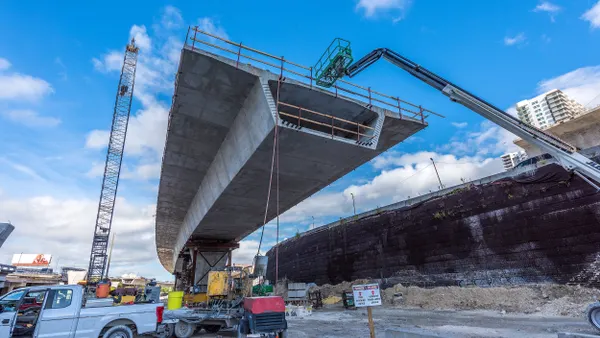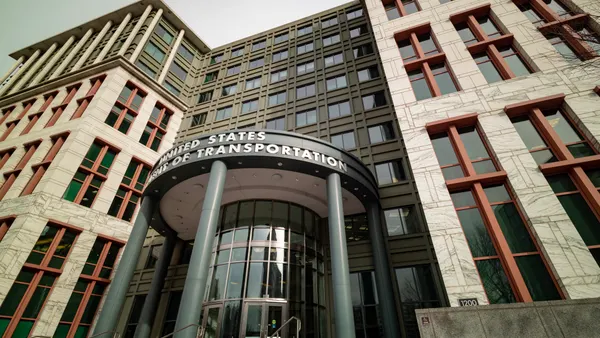Dive Brief:
-
In the wake of Hurricane Harvey, local agencies, businesses and other groups have sent commercial drones into the skies over Houston to assess the damage, Reuters reported.
-
The Federal Aviation Administration (FAA) has issued more than 100 authorizations for emergency-drone use since the storm hit for tasks like inspecting roadways and checking on power lines, according to The Wall Street Journal. The drone operations were done through or by local, state and federal government agencies in addition to media outlets.
-
Drone advocates are hopeful that the speed at which the FAA has been approving drone requests in Houston following the storm will help build momentum for the still-emerging technology over the long term.
Dive Insight:
The AEC sector is continuing to take up drones for tasks from aerial photography to site surveillance to bridge and building inspections. Up until last summer, however, those uses occurred largely on a one-off basis, with each commercial use technically requiring approval by the FAA. Last summer, the agency handed down formal rules governing their use, providing clarity and helping encourage uptake of the technology.
The rules, under Section 107 of the Federal Aviation Regulations, aren’t perfect. They pertain to drones weighing less than 55 pounds and restrict where, how high and when the drones can fly, as well as who can operate them. Still, the regulations give many of the most common uses of drones for construction, such as site surveying and aerial photography, a clear use path.
The new rules have undoubtedly helped Houston agencies use drones, specifically, in their response to the disaster. And how the technology performs during its moment in the spotlight will have a significant impact on its future, Wired notes.
The FAA expects more than 400,000 commercial drones to be in use by 2021. But existing regulations like Section 107 could challenge commercial adoption. The hobbyist category has strong potential, particularly in light of a separate set of rules that could be applied to those drones, which are often smaller.
Universities are one group exploring ways to bring drone hardware and software to market sooner. A handful of institutions are building netted outdoor enclosures that let students and researchers test the technology in real-world conditions but with less FAA oversight because the space is closed-off. The University of Michigan and Virginia Tech, both of which are in the process of constructing "drone cages," say the ability to test technology outdoors can help spur innovation in the field.








